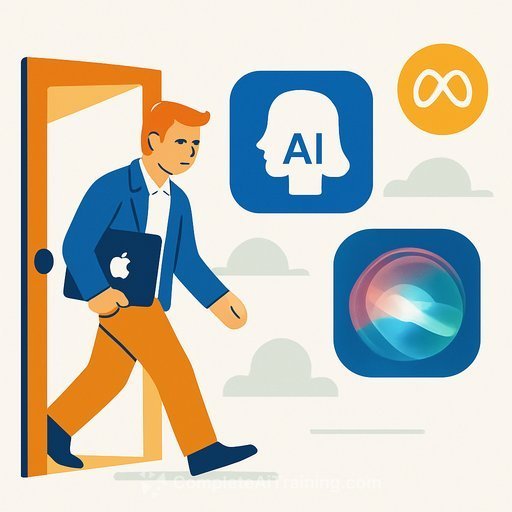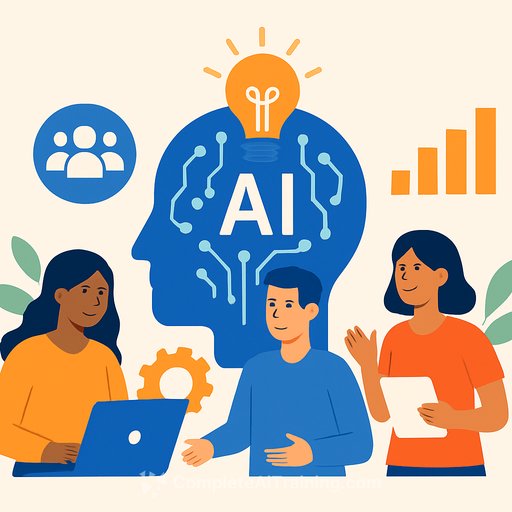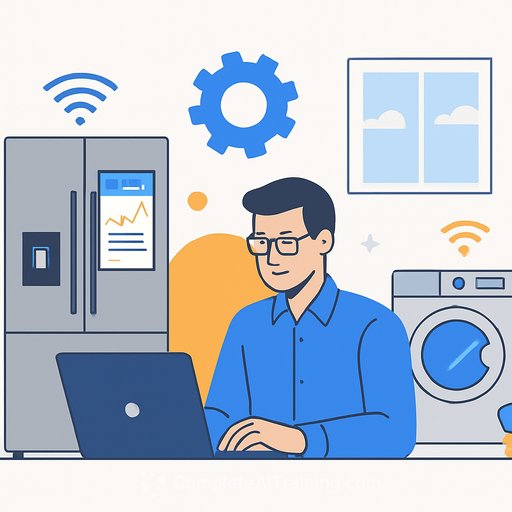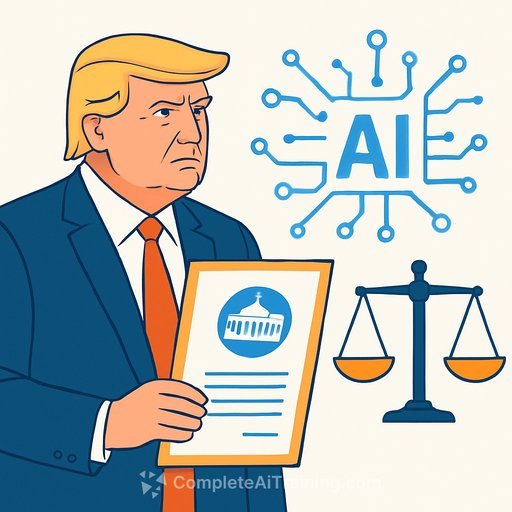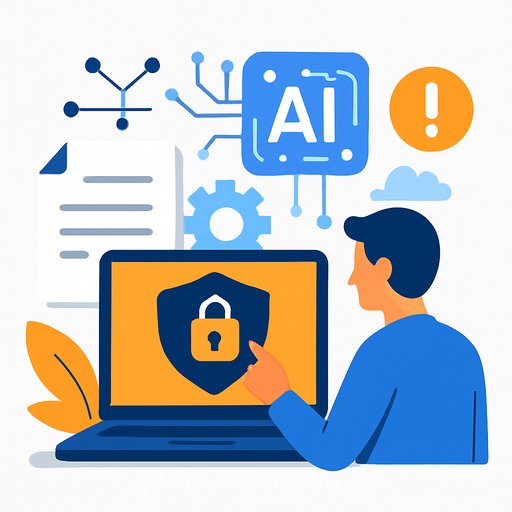Apple's AI Brain Drain: What Robby Walker's Exit Means for Your Roadmap
Apple is set to lose another senior AI leader. According to Bloomberg, Robby Walker - most recently senior director of Apple's Answers, Information, and Knowledge team and previously in charge of Siri - is reportedly leaving next month. He wasn't in the new role for long, and his exit follows other high-level AI departures to Meta earlier this year.
No official reason was given, but the timing fuels questions about Apple's AI pace and priorities. For leaders managing product bets, platform choices, and hiring plans, this matters.
Why it matters
- Apple's AI rollout has lagged. The Apple Intelligence suite is still behind the everyday utility users see in competing tools.
- Google's Gemini Live is already in market, offering natural, conversational interactions that set user expectations higher. See Gemini Live.
- Apple's more advanced Siri update has reportedly slipped into next year, signaling a slower cadence than rivals. For teams betting on Apple-first experiences, that delay is material.
The headline details
- Executive: Robby Walker, senior director overseeing Answers, Information, and Knowledge; previously led Siri.
- Status: Reportedly leaving Apple next month (per Bloomberg).
- Context: Follows other high-level AI exits to Meta in July.
What this signals for leaders
- Management and product: Treat Apple's near-term AI as additive, not foundational. If your 2025 roadmap depends on new Siri capabilities, plan a fallback. Stage commitments to platform-specific features behind user-facing value you can ship today.
- IT and security: Expect staggered rollouts and policy gaps. Draft data-handling guidelines now for AI features across vendors; standardize review checklists (privacy, logging, retention) so pilots don't stall.
- Engineering and data: Build cross-platform abstractions. Avoid tight coupling to SiriKit or vendor-specific SDKs until APIs stabilize. Use service layers and feature flags so you can swap providers without rewrites.
Practical next steps
- Re-baseline your H1-H2 2026 delivery plan around features that don't require Apple's pending AI upgrades.
- Prototype voice and multimodal flows with providers that are GA today (e.g., Gemini Live) while keeping implementation interfaces provider-agnostic.
- Run a vendor viability checklist quarterly: product velocity, model access, pricing stability, enterprise controls, on-device options.
- Upskill teams on prompt design, evaluation, and guardrails so you can ship faster once Apple's stack lands. Curated options by job role can help: AI learning paths by job.
What to watch next
- Leadership moves: Who fills Walker's remit, and does Apple backfill with external hires?
- Roadmap signals: Any firm dates for the Siri upgrade or developer APIs that close capability gaps.
- Partnerships: Deeper integrations with third-party models or services that accelerate delivery.
- On-device edge: Clarity on what runs locally vs. in the cloud within Apple Intelligence, and the enterprise implications.
The AI market may still be sorting itself out, but user expectations are already set by tools they can use today. Until Apple proves otherwise, assume a cautious pace - and build your plans to ship value without waiting on a single vendor's timeline. For reference on Apple's direction, see its overview of Apple Intelligence: Apple Intelligence.
Your membership also unlocks:

